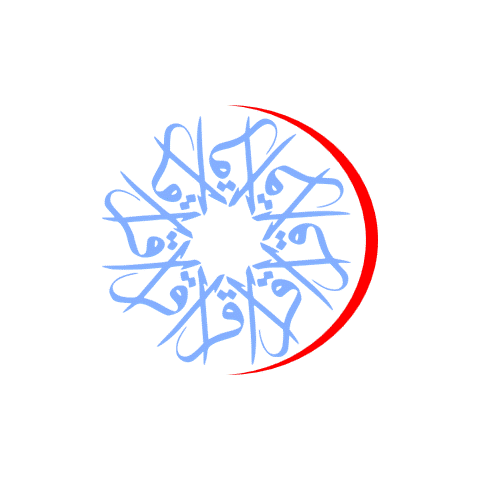1. الفصل الأول: مقدمة لجسم الإنسان
Chapter 1: An Introduction to the Human Body
ترجمة: د. نهلة سلام
مراجعة: د. حسام الجنايني

A proficiency in anatomy and physiology is fundamental to any career in the health professions
بعد دراسة هذا الفصل، ستكون قادرًا على:
- التمييز بين علم التشريح والفيزيولوجي والتعرف على الفروع المتعددة لكل منهما
- وصف بنية الجسم، من الأبسط إلى الأكثر تعقيدًا، من حيث مستويات التنظيم الستة
- التعرف على الخصائص الوظيفية للحياة البشرية
- تحديد المتطلبات الأربعة لبقاء الإنسان
- تعريف الاستتباب وشرح أهميته لوظائف الإنسان الطبيعي
- استخدام المصطلحات التشريحية المناسبة لتعريف تراكيب الجسم الرئيسية والمناطق والاتجاهات في الجسم
- المقارنة والمقابلة بين ما لا يقل عن أربع تقنيات تخيلية طبية من حيث وظيفتهم واستخدامهم في الطب
على الرغم من أن إتمام دراسة علم التشريح والفيزيولوجي بشكل كامل يعد متطلبا أساسيا لمجالات الدراسات الطبية، إلا أن المعرفة المكتسبة في هذا الكتاب ستفيدك للغاية في العديد من جوانب حياتك. فهم علم التشريح والفيزيولوجي ليس أساسيًا فقط لأي مهنة تابعة للاختصاصات الصحية، ولكنه قد يفيد صحتك أيضًا. يمكن أن يساعدك التعرف على جسم الإنسان على اتخاذ خيارات صحية ويحثك على اتخاذ التدابير المناسبة عند ظهور علامات المرض. ستساعدك معرفة هذا المجال على فهم الأخبار المتعلقة بالتغذية والأدوية والأجهزة الطبية والإجراءات بالإضافة إلى فهم الأمراض الوراثية أو المعدية. قد يواجه الكل مشكلة في مرحلة ما في بعض جوانب أجسادهم وقد تساعدك معرفتك في أن تكون الأفضل سواء كنت والدًا أو زوجًا أو شريكًا أو صديقًا أو زميلًا أو مقدم رعاية.
يبدأ هذا الفصل بنظرة عامة على علم التشريح والفيزيولوجي ومعاينة مناطق الجسم ووظائفه. ثم يتناول خصائص الحياة وكيفية عمل الجسم للحفاظ على حالته مستقرة. يقدم مجموعة من المصطلحات القياسية لتراكيب الجسم والمستويات والمواضع والتي ستكون بمثابة أساس لمزيد من المعلومات الشاملة المتناولة لاحقًا في النص. وينتهي بأمثلة من التصوير الطبي المستخدم للرؤية داخل الجسم الحي.
After studying this chapter, you will be able to:
- Distinguish between anatomy and physiology, and identify several branches of each
- Describe the structure of the body, from simplest to most complex, in terms of the six levels of organization
- Identify the functional characteristics of human life
- Identify the four requirements for human survival
- Define homeostasis and explain its importance to normal human functioning
- Use appropriate anatomical terminology to identify key body structures, body regions, and directions in the body
- Compare and contrast at least four medical imaging techniques in terms of their function and use in medicine
Though you may approach a course in anatomy and physiology strictly as a requirement for your field of study, the knowledge you gain in this course will serve you well in many aspects of your life. An understanding of anatomy and physiology is not only fundamental to any career in the health professions, but it can also benefit your own health. Familiarity with the human body can help you make healthful choices and prompt you to take appropriate action when signs of illness arise. Your knowledge in this field will help you understand news about nutrition, medications, medical devices, and procedures and help you understand genetic or infectious diseases. At some point, everyone will have a problem with some aspect of his or her body and your knowledge can help you to be a better parent, spouse, partner, friend, colleague, or caregiver.
This chapter begins with an overview of anatomy and physiology and a preview of the body regions and functions. It then covers the characteristics of life and how the body works to maintain stable conditions. It introduces a set of standard terms for body structures and for planes and positions in the body that will serve as a foundation for more comprehensive information covered later in the text. It ends with examples of medical imaging used to see inside the living body.
 جاري التحميل
جاري التحميل
